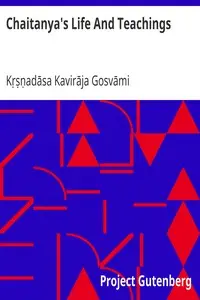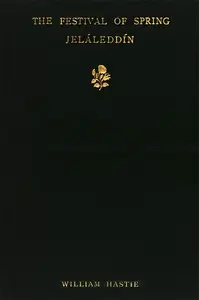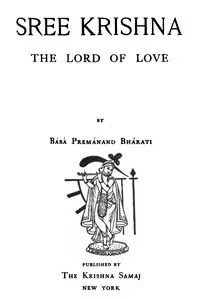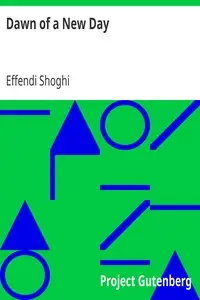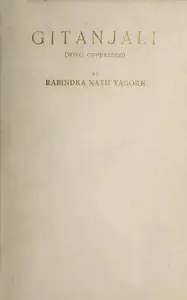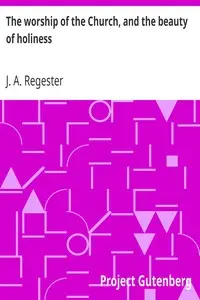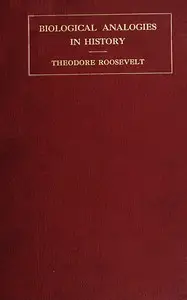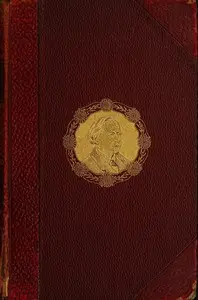"Chaitanya and the Vaishnava Poets of Bengal" by John Beames tells of a time in Bengal when poetry and faith danced together, painting a vivid picture of devotion and transformation. Set in the 15th and 16th centuries, the book brings to life Chaitanya, a central figure in the Vaishnava movement, and the ripple effect his spiritual journey had on Bengali culture. From his early life to becoming a wandering ascetic, Chaitanya's deep love for Krishna and the worship of Radha reshaped religious thought. The book also looks at verses from Vaishnava poets, capturing their feelings of divine love and showcasing how their collective work became a cornerstone of their religious community. Beames illustrates how Chaitanya made the culture richer and more spiritual. He transformed both the religious mind and the songwriting into a means of religious expression and togetherness.
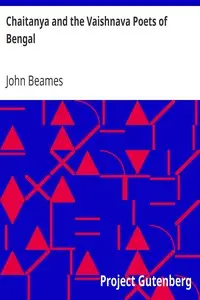
Chaitanya and the Vaishnava Poets of Bengal
By John Beames
Witness how one man's passionate devotion ignited a spiritual and cultural revolution, inspiring poets to create verses of divine love that still resonate today.
Summary
About the AuthorJohn William Beames was a civil servant and author in British India. He served in the Punjab from March 1859 to late 1861, and in Bengal from December 1861 until the conclusion of his service in 1893. He was also a scholar of Indian history, literature and linguistics. His great work was a comparative grammar of Indo-Aryan languages, published in three volumes in 1872–1879. When he retired from the Indian Civil Service in March 1893, he had gained extensive knowledge of Indian life, and in 1896 wrote an account of his career, first published in 1961 as Memoirs of a Bengal Civilian.
John William Beames was a civil servant and author in British India. He served in the Punjab from March 1859 to late 1861, and in Bengal from December 1861 until the conclusion of his service in 1893. He was also a scholar of Indian history, literature and linguistics. His great work was a comparative grammar of Indo-Aryan languages, published in three volumes in 1872–1879. When he retired from the Indian Civil Service in March 1893, he had gained extensive knowledge of Indian life, and in 1896 wrote an account of his career, first published in 1961 as Memoirs of a Bengal Civilian.

